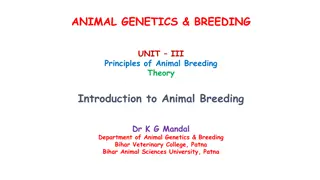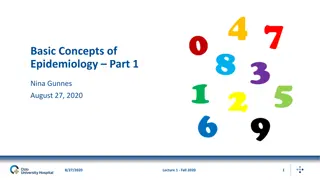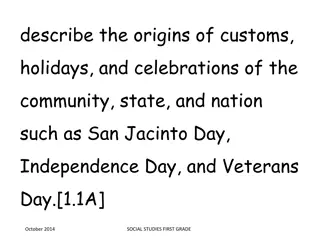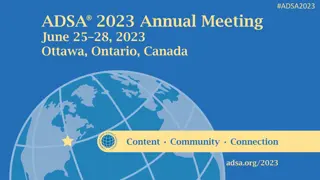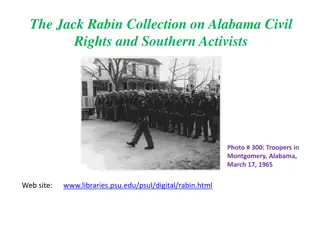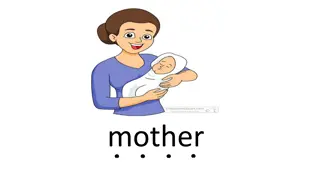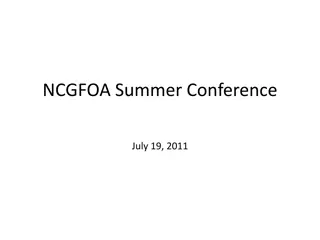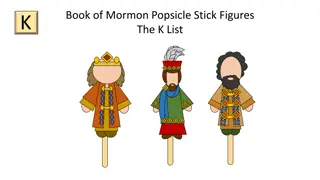Collection of Images Featuring Notable Historical Figures
A compilation of images showcasing prominent historical figures such as Pol Pot, Adolf Hitler, and sociologist S. Cohen, including snapshots from various sources like Wikimedia, Google Images, and academic websites. The images are presented in a structured manner with accompanying metadata, possibly intended for educational or research purposes.
Download Presentation

Please find below an Image/Link to download the presentation.
The content on the website is provided AS IS for your information and personal use only. It may not be sold, licensed, or shared on other websites without obtaining consent from the author.If you encounter any issues during the download, it is possible that the publisher has removed the file from their server.
You are allowed to download the files provided on this website for personal or commercial use, subject to the condition that they are used lawfully. All files are the property of their respective owners.
The content on the website is provided AS IS for your information and personal use only. It may not be sold, licensed, or shared on other websites without obtaining consent from the author.
E N D
Presentation Transcript
http://upload.wikimedia.org/wikipedia/en/thumb/c/c0/Pol_Pot2.jpg/225px-Pol_Pot2.jpghttp://upload.wikimedia.org/wikipedia/en/thumb/c/c0/Pol_Pot2.jpg/225px-Pol_Pot2.jpg http://tbn0.google.com/images?q=tbn:oBCoVoco3ZxT8M:http://img.slate.com/media/1/123125/2158911/2159086/2159087/070221_CL_HitlerEX.jpg http://tbn1.google.com/images?q=tbn:4eJ5tiZ0o04cbM:http://a.abcnews.com/images/US/nm_newark_riots8_070712_ssh.jpg
http://tbn0.google.com/images?q=tbn:UJPAOR7NEXGeFM:http://www.lse.ac.uk/people/images/s.cohen.jpghttp://tbn0.google.com/images?q=tbn:UJPAOR7NEXGeFM:http://www.lse.ac.uk/people/images/s.cohen.jpg
http://tbn1.google.com/images?q=tbn:ytm55VyqcNReQM:http://sociology.berkeley.edu/profiles/matza/photo.jpghttp://tbn1.google.com/images?q=tbn:ytm55VyqcNReQM:http://sociology.berkeley.edu/profiles/matza/photo.jpg



